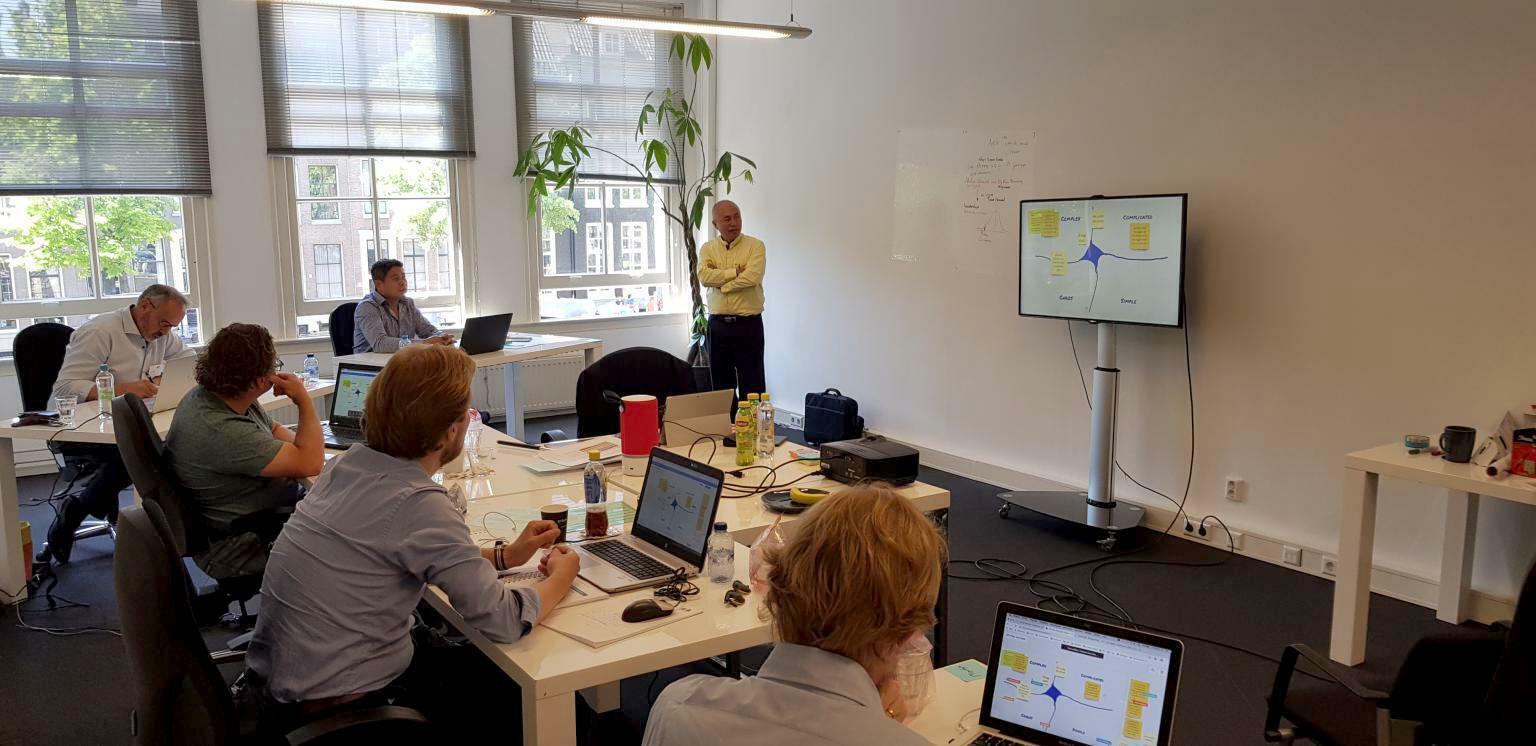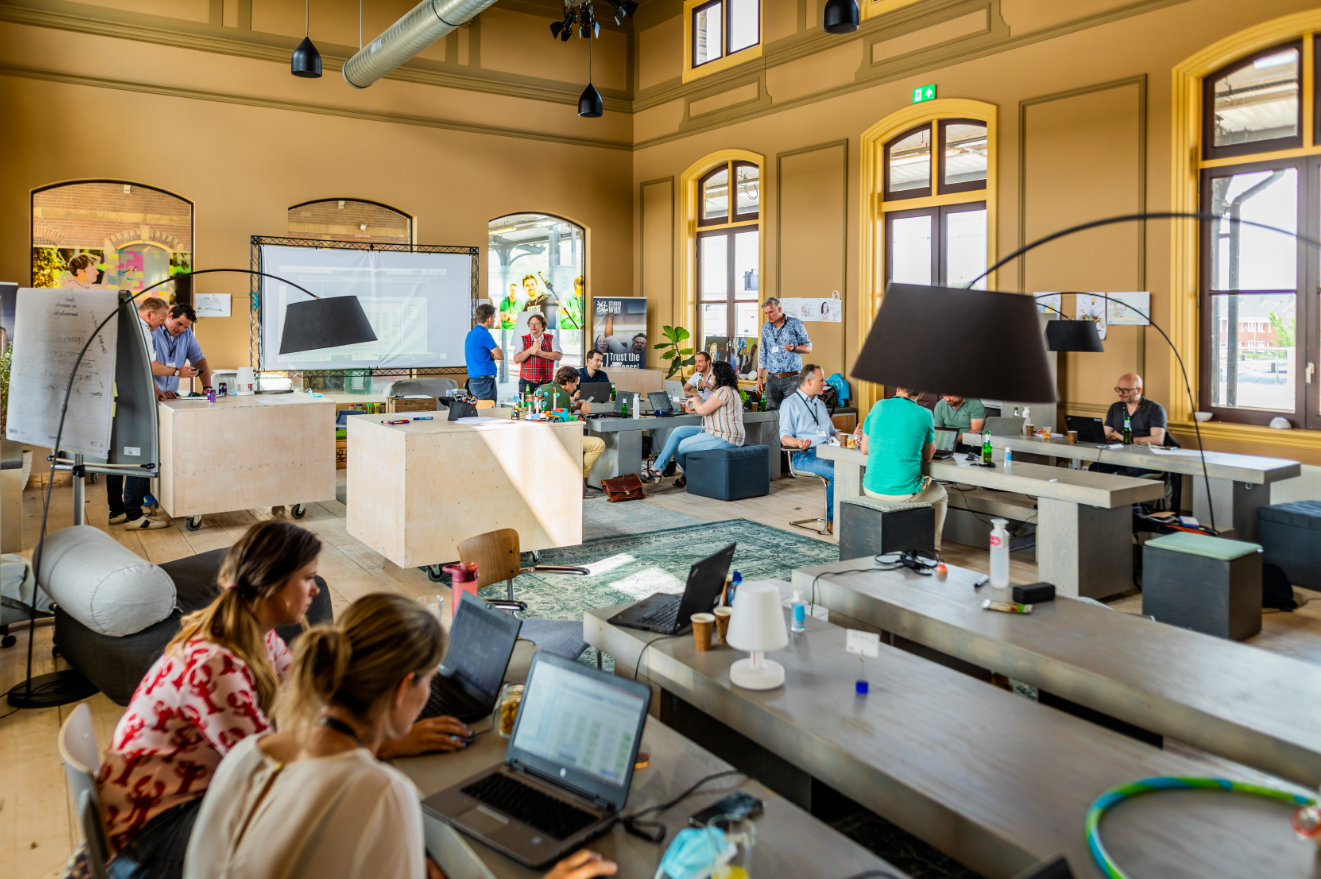Hello All!
Miro has been a savior to our innovation consulting business. And Miro has evolved greatly over the past 15 months (thank you!). We’re now wondering what the world will look like as we get back to traveling to do workshops with clients, and have a couple of questions. We’re anticipating that we’ll be doing some workshops where people will be both in the room and remote at the same time.
- How do you all anticipate managing this hybrid environment with Miro? (or how do you currently do it?) Typically we have people focus on each other, rather than on a laptop in front of them, adding sticky notes in Miro. In fact we discourage computer use during workshops, so that they can focus the ideas and energy in the room (we tend to scribe ideas). Would everyone just have their own input device or could we just capture on a central device?
- If you’ve done workshops like this, what challenges have you come across and how have you resolved them?
- If you are doing these hybrid workshops, how do you manage sound (i.e. how do the people on Zoom hear the people in the room, and vice versa)? It seems like it would require a reasonably sophisticated sound system. Not a deal-breaker, but just trying to figure it out.
- Are you using Miro for fully in-person events? I’ve only used it for all-virtual workshops. Any best practices, pros/cons would be great.
We’d love your perspective! Any thoughts would be greatly appreciated.
Cheers,
David







